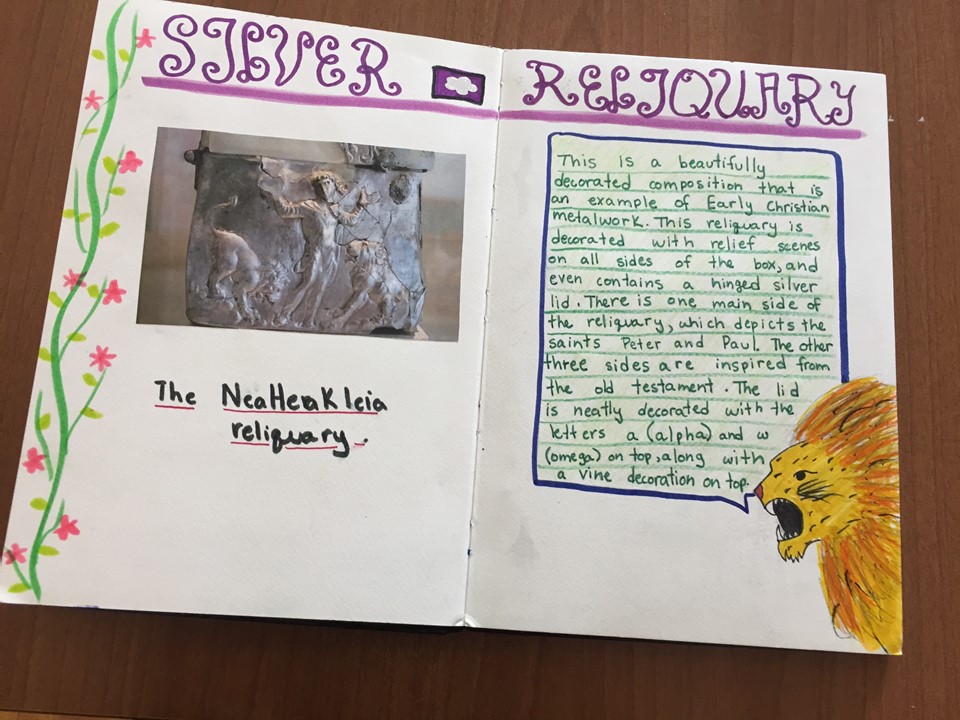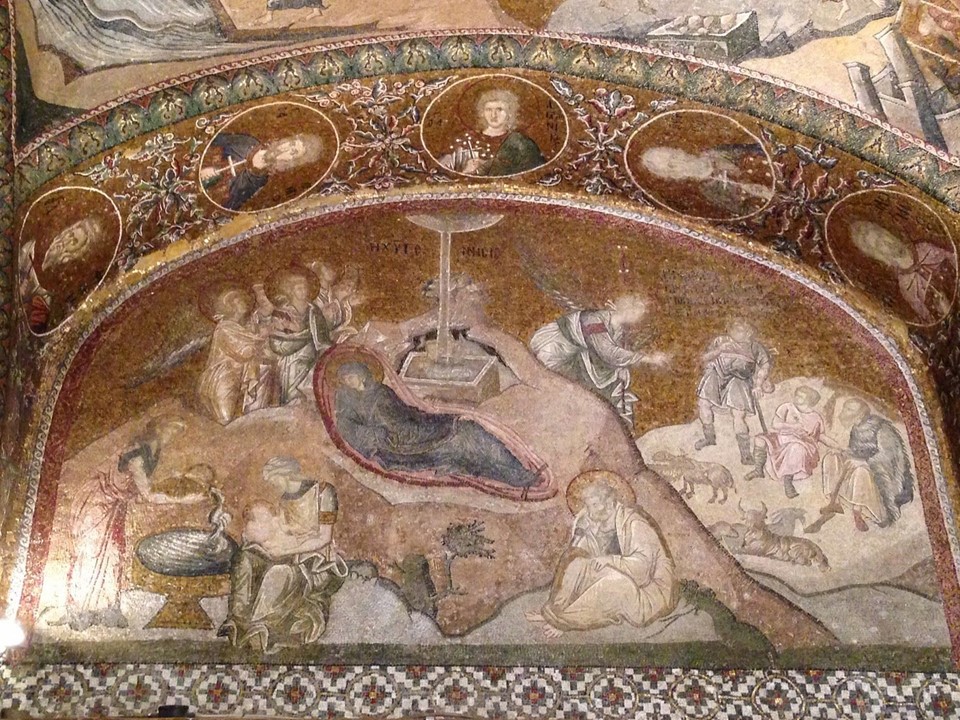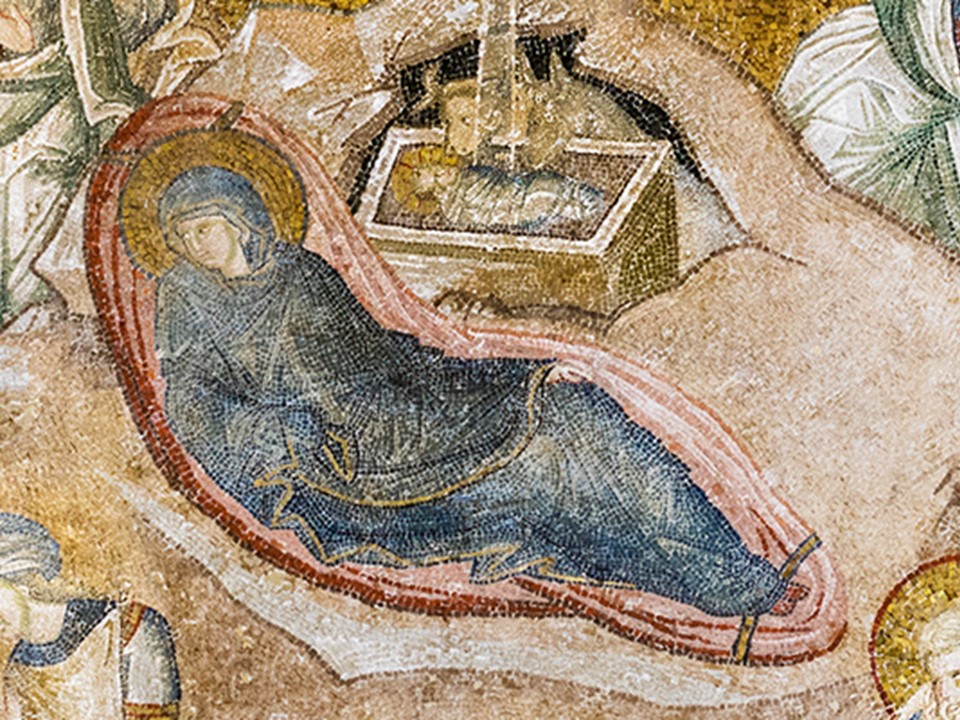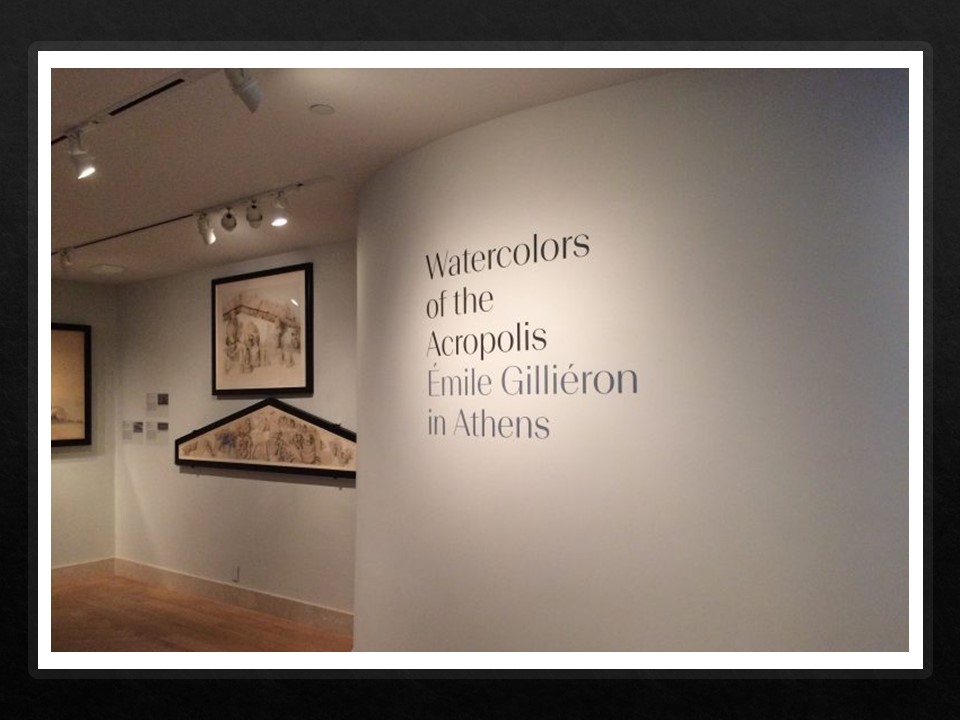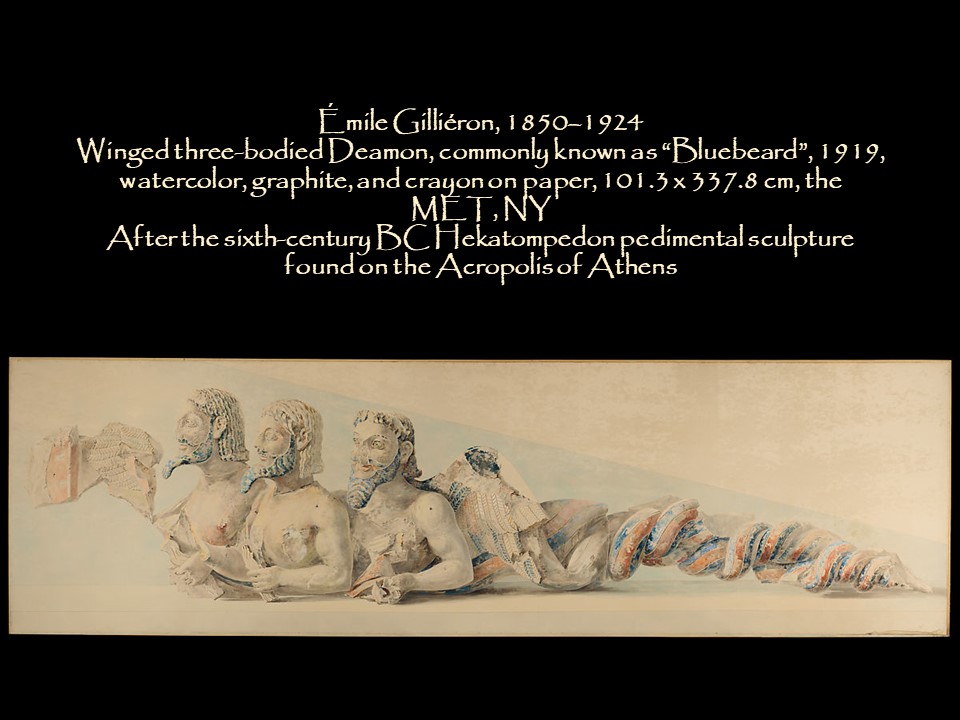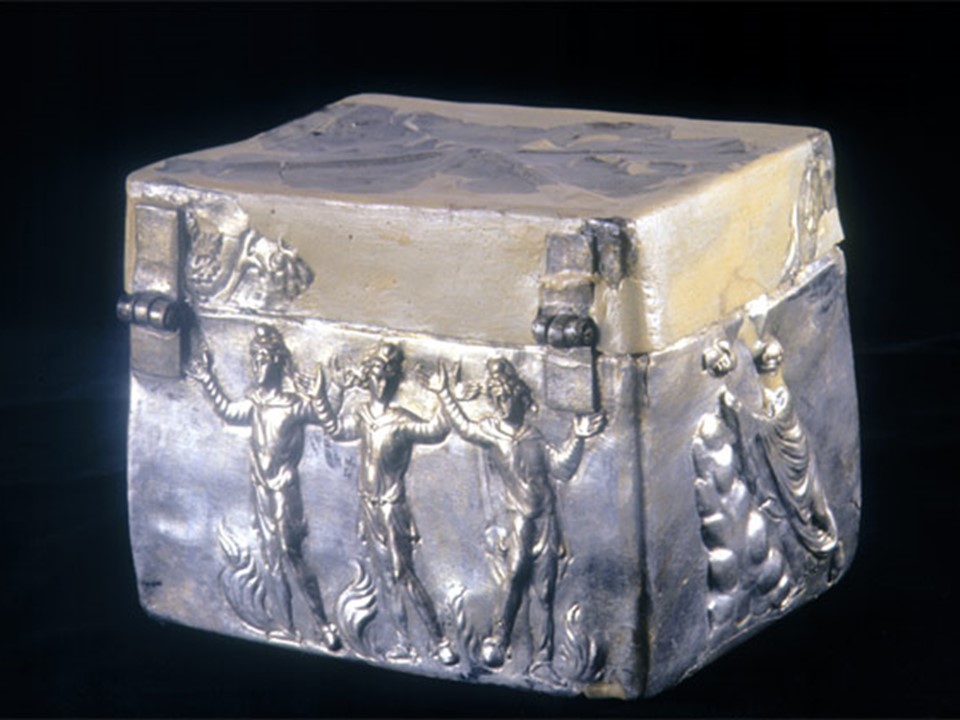
The Nea Herakleia Reliquary is exhibited in the Museum of Byzantine Culture, a favorite museum of mine, in Thessaloniki, Greece. http://odysseus.culture.gr/h/4/eh431.jsp?obj_id=4751&mm_id=983
The Reliquary in focus is a small rectangular silver box of hammered silver with a hinged lid. The lid has been badly damaged in several places, but its four decorated sides are in relatively good condition. The Traditio Legis, Christ’s passing of the law to Saints Peter and Paul adorns the front side of the reliquary. The other three sides, inspired by the Old Testament, present three very popular and symbolic scenes, the Three Hebrews, Daniel in the Lion’s Den and Moses receiving the Law. The lid is decorated with a Christogram flanked by the Greek letters α (alpha) and ω (omega) defining the omnipresence of God, the beginning and the end, as α is the first letter of the Greek alphabet and ω its last. The sides of the reliquary’s lid are decorated with a vine scroll with leaves, quite beautifully chiseled, and grapes. https://leipsanothiki.blogspot.com/2014/02/245.html
Kurt Weitzman in his “Age of Spirituality” the introductory essay says that “The transition from the dying classical to the rising and finally triumphant Christian culture was a complex process, extending over several centuries, in which the two coexisted and competed with each other.” He is so right! The Nea Herakleia Reliquary, a relatively unfamiliar example of silverwork, is an amazing example of this extraordinary era. An item of the Christian faith, decorated with New and Old Testament scenes, the Reliquary in focus, is an example of a movement in art, scholars often call the “Theodosian Renaissance.” The artist focused his interest in the depiction of the human body, facial expression, and movement. Very little else matters, with probably the exception of the two Lions flanking Daniel. There are restrictions or exaggerations in corporeality, but modeling is plastic in conception, postures are natural, facial expressions emotional and drapery softly modeled. This is indeed an exceptional work of art worth exploring further. http://odysseus.culture.gr/h/4/eh430.jsp?obj_id=4751
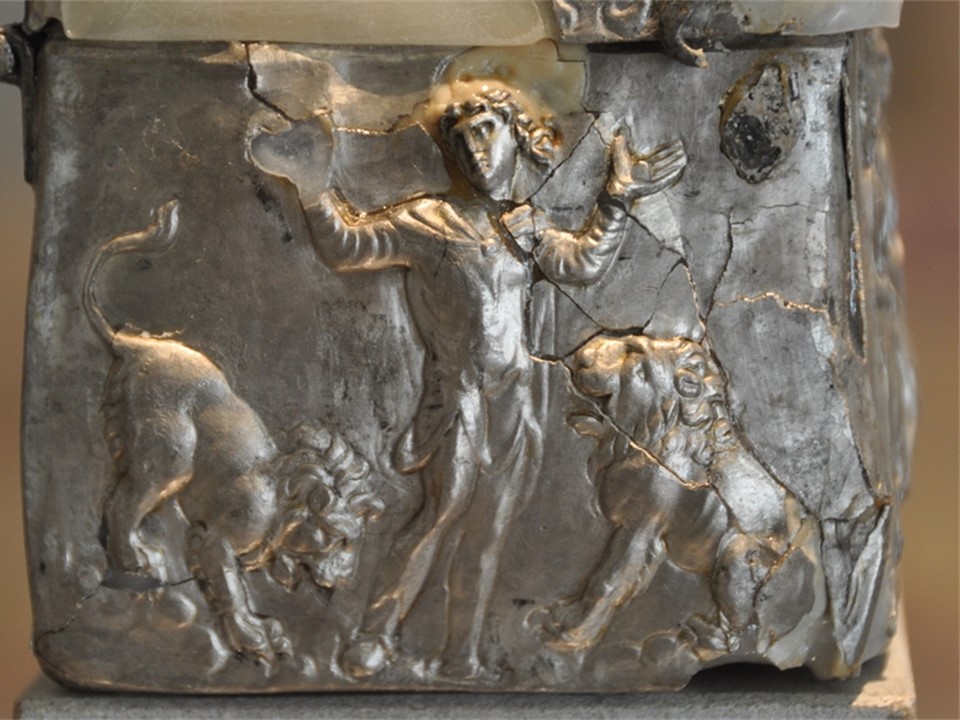
Visiting the Thessaloniki Museum for Byzantine Culture is a true cultural experience. In 1989, the Museum’s architect, Kyriakos Krokos, wrote: “I wanted a space within which movement would create a feeling of freedom, stirring up the senses, and where the exhibit would be a surprise within the movement. I believe that as visitors walk through the Museum Halls there are many pleasant surprises. The floor and wall mosaics in the first Early Christian Period Room, attract everybody’s attention. The Byzantine tunics with their fine embroideries, the icons and the intricately illuminated manuscript in the Middle Byzantine Period Room are definitely noticed. Finally, as the visitor is about to leave, one last surprise, a beautiful Post-Byzantine golden eikonostasi, one last startling work of art to ponder about. https://mbp.gr/en/building
For the PowerPoint Teacher Curator prepared, please… Click HERE!
Teacher Curator also prepared a student RWAP (Research – Writing – Art -Project)… presented HERE!
